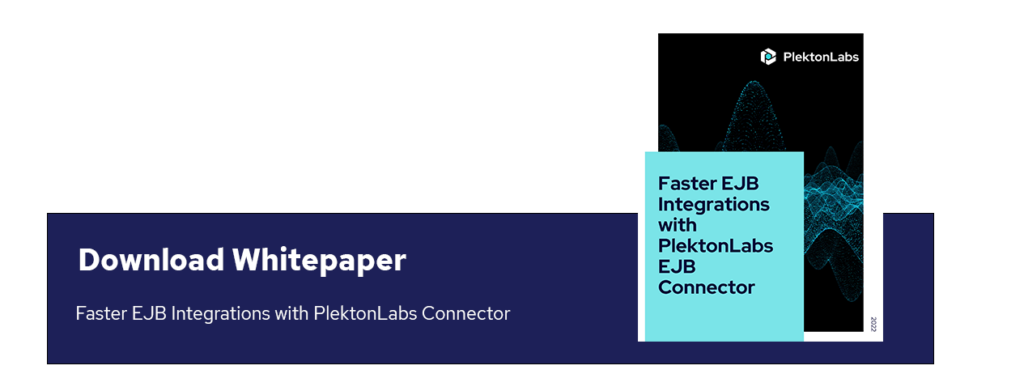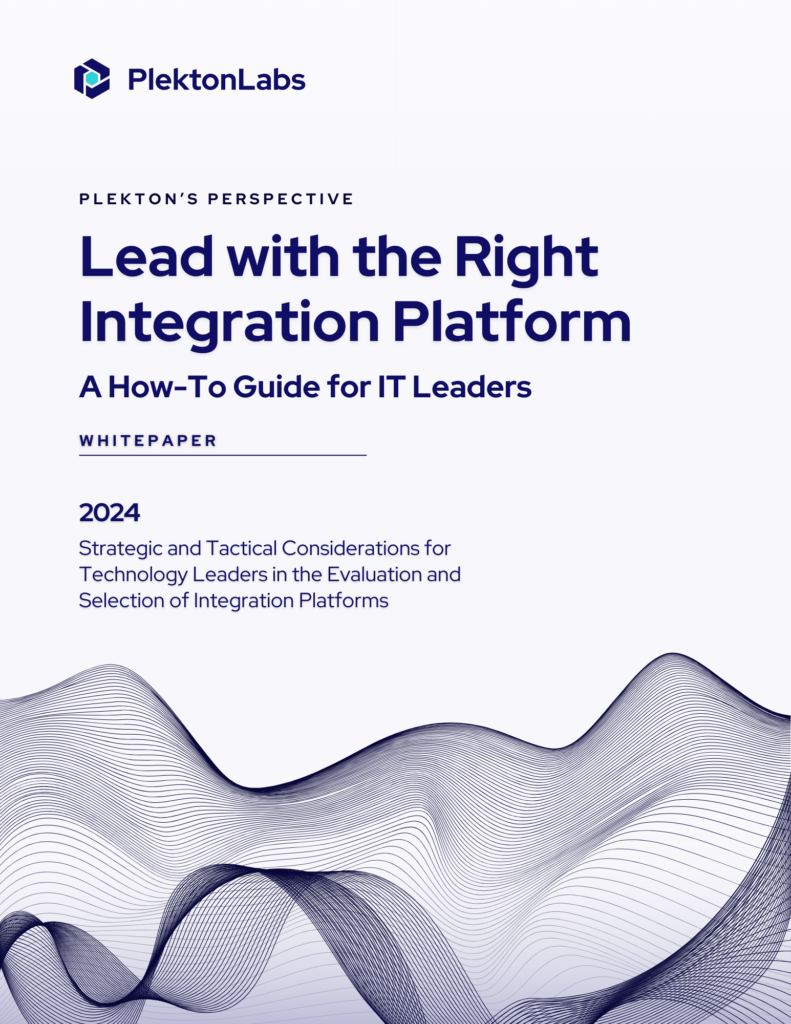In today’s rapidly evolving telecom landscape, interoperability has emerged as a key driver of innovation and efficiency. Two critical frameworks are leading the charge in this domain: Open APIs and the Open Digital Architecture (ODA). Together, they are reshaping how telecom operators, vendors, and developers interact, paving the way for a more agile, collaborative, and customer-centric industry.
The Role of Open APIs in Telecoms
Open APIs (Application Programming Interfaces) have become the linchpin for fostering seamless communication between disparate systems and applications. By standardizing the way software components interact, Open APIs enable telecom operators to integrate new services quickly, reduce operational costs, and accelerate time-to-market.
Key benefits of Open APIs in telecom include:
- Enhanced Flexibility: Operators can mix and match solutions from different vendors without being locked into proprietary systems.
- Faster Innovation: Developers can build new applications and services more rapidly, leveraging existing infrastructure.
- Cost Efficiency: Standardized APIs reduce the need for custom integrations, lowering development and maintenance expenses.
- Improved Customer Experience: Faster deployment of services and seamless interoperability translate to better service offerings for customers.
The TM Forum’s suite of Open APIs has become a benchmark in the industry, providing a comprehensive set of standards that promote interoperability across the telecom ecosystem.
Unpacking Open Digital Architecture (ODA)
While Open APIs address the ‘how’ of interoperability, the Open Digital Architecture (ODA) tackles the ‘what.’ ODA is a blueprint for transforming traditional telecom IT systems into modular, cloud-native, and reusable components. It defines how these components should be designed, developed, and orchestrated to create flexible and scalable digital services.
Key components of ODA include:
- Modular Architecture: Breaking down monolithic systems into discrete, manageable modules that can be independently updated and scaled.
- Cloud-Native Design: Leveraging cloud technologies for enhanced scalability, resilience, and efficiency.
- Automation and Orchestration: Streamlining operations through intelligent automation, reducing manual intervention, and improving service delivery.
- Data-Driven Insights: Enabling real-time analytics and insights to drive smarter decision-making and personalized customer experiences.
By adopting ODA, telecom operators can reduce complexity, enhance operational agility, and unlock new revenue streams through faster service innovation.
The Synergy Between Open APIs and ODA
When combined, Open APIs and ODA create a powerful synergy that drives end-to-end interoperability in the telecom sector. Open APIs facilitate seamless integration and communication between ODA components, ensuring that the modular architecture functions cohesively.
This synergy offers several strategic advantages:
- Accelerated Digital Transformation: Operators can modernize their infrastructure more rapidly and efficiently.
- Vendor Agnosticism: The ability to integrate solutions from multiple vendors fosters a competitive ecosystem, driving innovation and reducing costs.
- Enhanced Agility: Modular components and standardized APIs enable quicker adaptation to market changes and customer demands.
- Improved Collaboration: Open standards encourage collaboration among industry stakeholders, leading to the co-creation of innovative solutions.
Real-World Applications and Success Stories
Telecom giants worldwide are leveraging Open APIs and ODA to revolutionize their operations. For instance, Vodafone’s adoption of TM Forum’s Open APIs has streamlined its service delivery processes, while Telefónica’s implementation of ODA principles has significantly improved its agility and customer engagement.
These success stories highlight the transformative potential of embracing open standards and architectures, demonstrating tangible benefits such as reduced time-to-market, enhanced customer experiences, and greater operational efficiency.
Conclusion: The Future of Telecom Interoperability
As the telecom industry continues to evolve, the importance of interoperability cannot be overstated. Open APIs and ODA represent the future of telecom, offering a clear path towards more agile, efficient, and customer-focused operations. By pioneering these frameworks, the industry is not only addressing current challenges but also laying the groundwork for a more connected and innovative future.
Telecom operators that embrace these standards will be better positioned to navigate the complexities of the digital age, delivering superior services and driving sustained growth in an increasingly competitive landscape.
At PlektonLabs, we specialize in helping telecom operators seamlessly integrate Open APIs and ODA frameworks to future-proof their businesses. Contact us today to explore how our expertise can drive your digital transformation.





